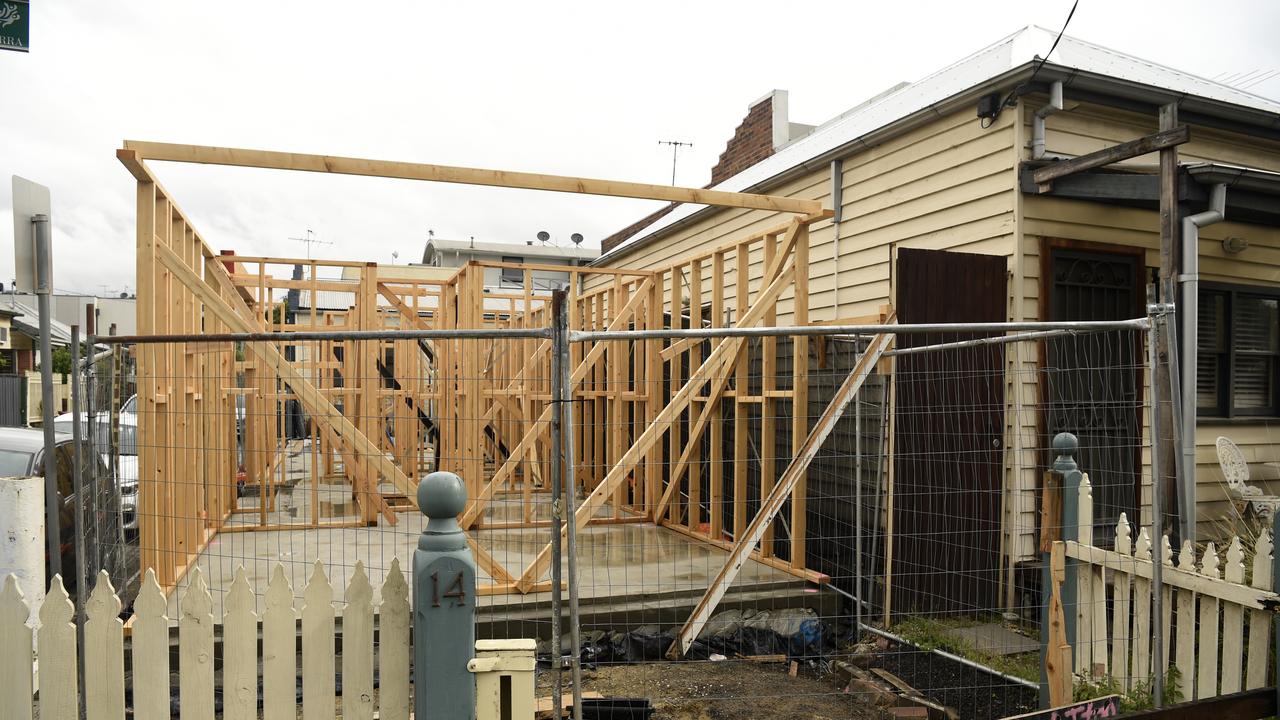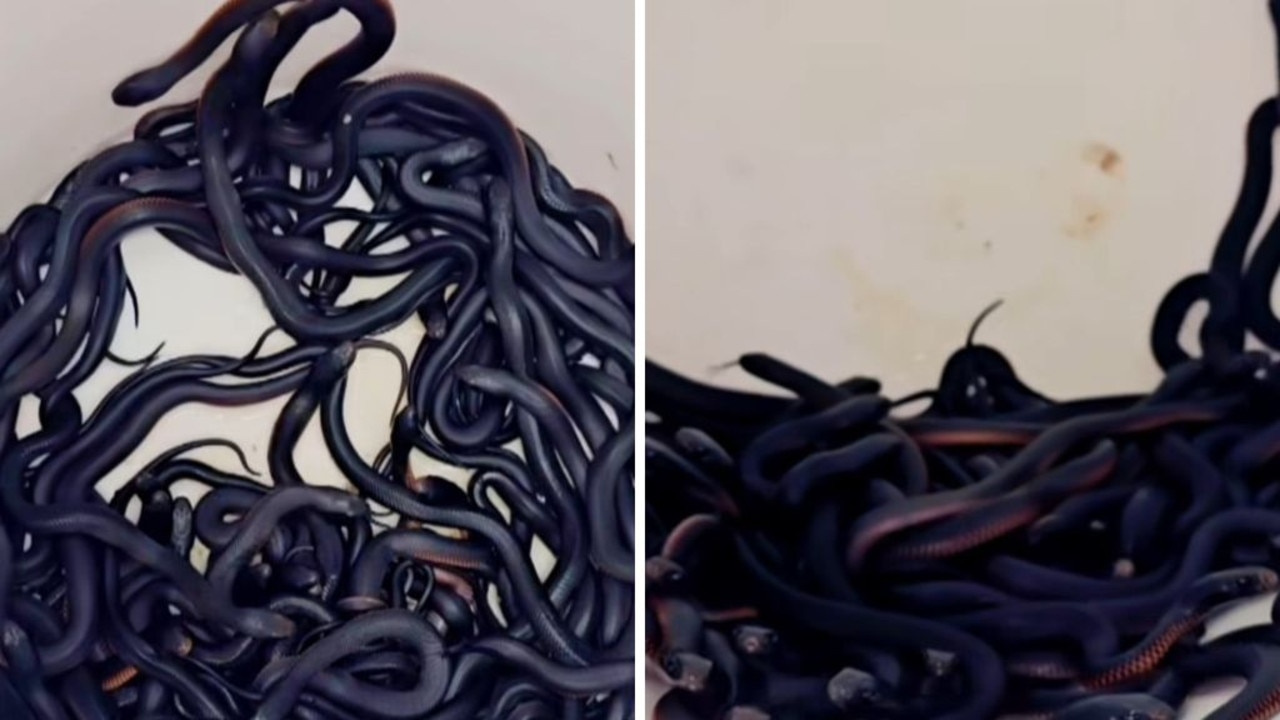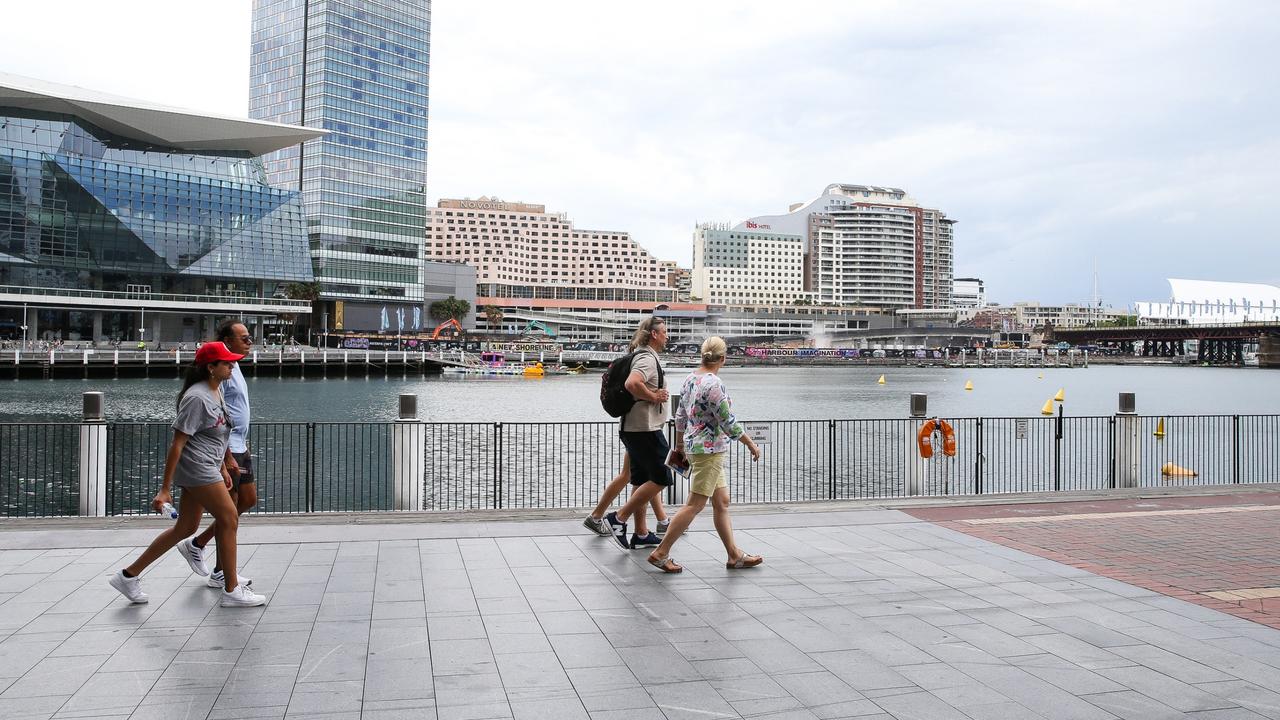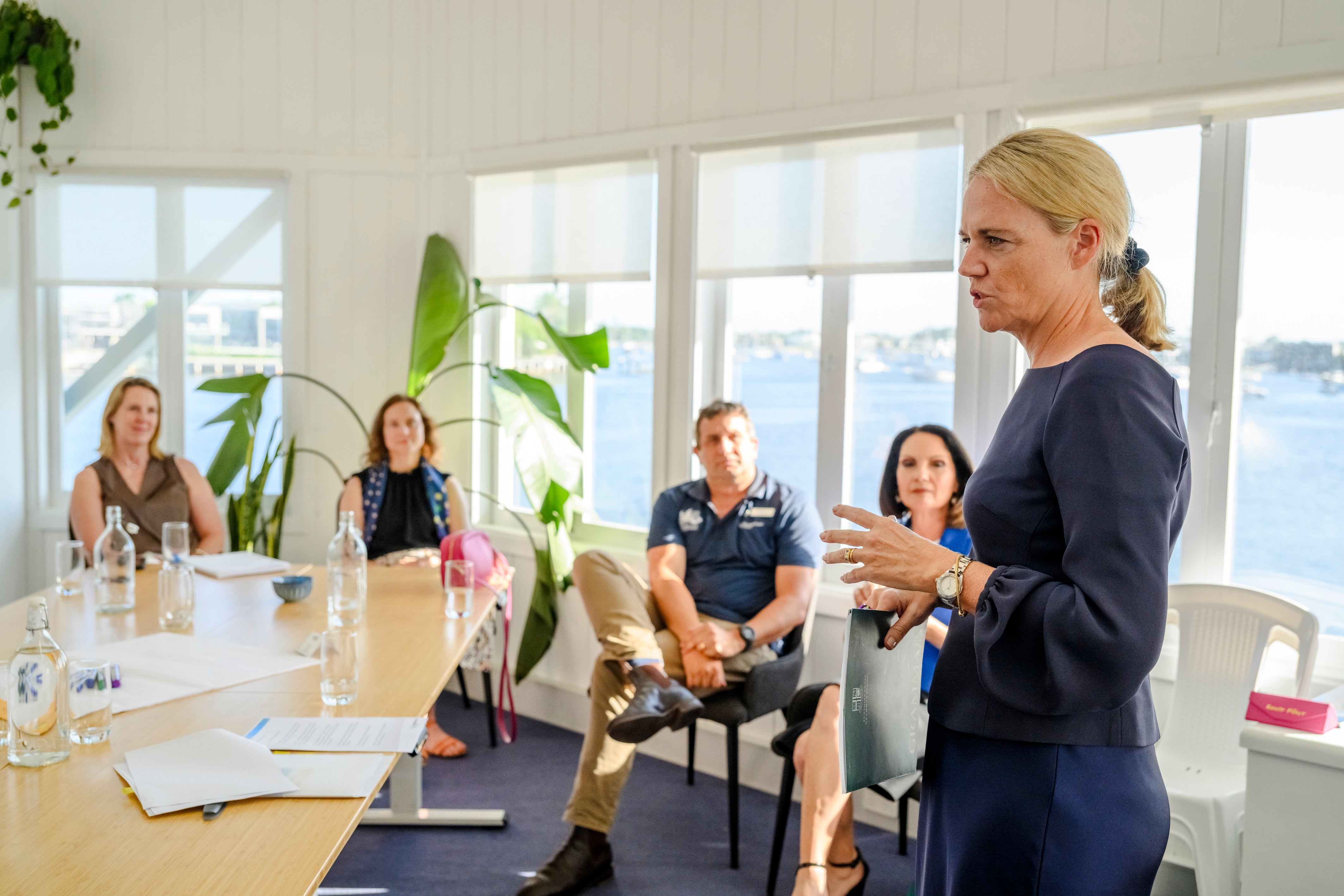Platypus spotted in Kuranda after decades
A platypus has been spotted in Kuranda after decades, much to the excitement of the local community and Djabugay rangers, who used trail cameras to document rare wildlife.
One of the world's strangest looking animals has been rapidly vanishing from Australian waterways. When ranger Alfred Hunter was growing up in remote Queensland, he'd hear stories from the elders about platypuses being regular visitors in times gone by, but in his 35 years they were seldom seen.
In Flaggy Creek, near Kuranda, which means "place of the platypus" in the Djabugay language, it had been decades since the last individual was documented, and the elders were becoming worried. So when cameras picked up the unmistakable beaver-like shape of one swimming, members of the community literally jumped out of their chairs in excitement.
"Everyone was so happy. It was the first time everyone had actually seen one around Kuranda," Hunter told Yahoo News.
The likelihood of seeing a platypus was described as "a needle in a haystack" by World Wide Fund for Nature-Australia. Its Eyes on Country program, which is supported by Google, has been helping Indigenous communities monitor wildlife by combining ancient knowledge and advanced technologies including AI, drones, trail cameras and environmental DNA.
Hunter and the Djabugay Bulmba rangers had used trail cameras to collect more than 400,000 images, but remarkably it took less than an hour for them to spot the platypus briefly come to the surface.
In four separate images taken in July, the animal can be seen swimming below a clump of thick reeds, before it disappears. Until the photo was recently analysed, Djabugay Ewamian Elder Aunty Rita Gutchen hadn't seen a platypus since she was a child, living on a mission 60 years ago.
"That's the first time I saw a platypus. There was a splash and he was gone. The platypus probably thought 'Oh, here's the noisy ones coming now'. It's nice they survive. There's probably more too. Hopefully they're breeding," she said.
Another Djabugay Bulmba ranger, Caesar Hunter, said the team had been guided by elders during their search. "We decided to take on that responsibility to go find platypus. It makes me feel good doing stuff the elders want done," he said.
Other rare animals were captured by the 20 trail cameras they set up, including a young cassowary. They also picked up several feral pigs, a species that digs up the river banks where platypus burrow. Knowing the location of pigs will help authorities locate and eradicate them.














